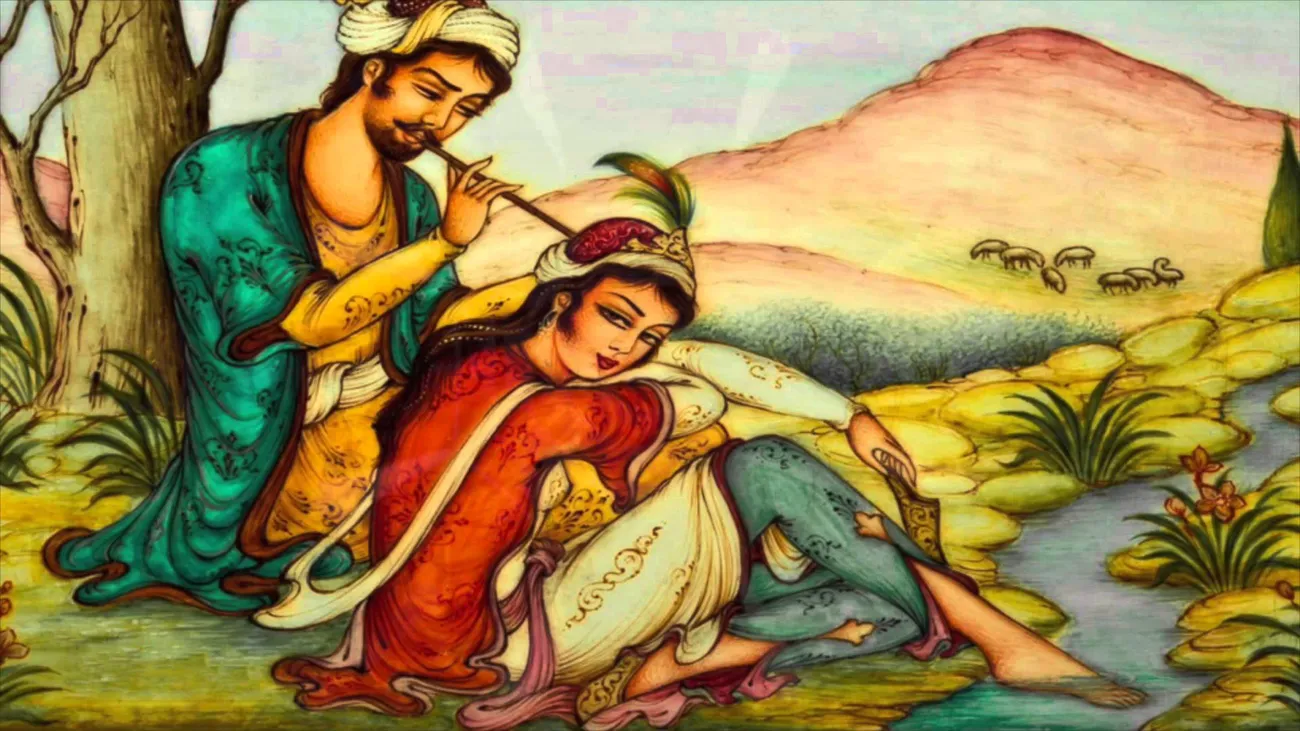However, the miniature with Keldi-Muhammad, symbolizing continuity, represents the direct migration of Herat aesthetic values and authorities to the cultural environment of the apanage ruler of the Shibanid dynasty, and was performed by a master who knew Herati samples and had mastered the methods of portrait miniature painting..
Another portrait can be seen in the miniature “Feast hosted by Badi‘ al-Zaman”, which refers to the lines dedicated to this prince in the introduction to the poem “Laili and Majnun” The turban with a tassel on the head of a young man here is the same as we saw on Husain Baiqara in the previous miniature. This work was very precisely described by N. V. Dyakonova: “The miniature is drawn by a first-class master, in that soft and somewhat intimate manner, without much focus on the external decorative effect, which, it would appear, happens to be one of the hallmarks of Central Asian art in general”.
You can learn more about the topic in the book-album "Arts of the book in the 15th–17th-century Mawarannahr" (Volume XVII) in the series "Cultural Legacy of Uzbekistan in the World Collections".
The main sponsor of the project is the oilfield services company Eriell-Group.

